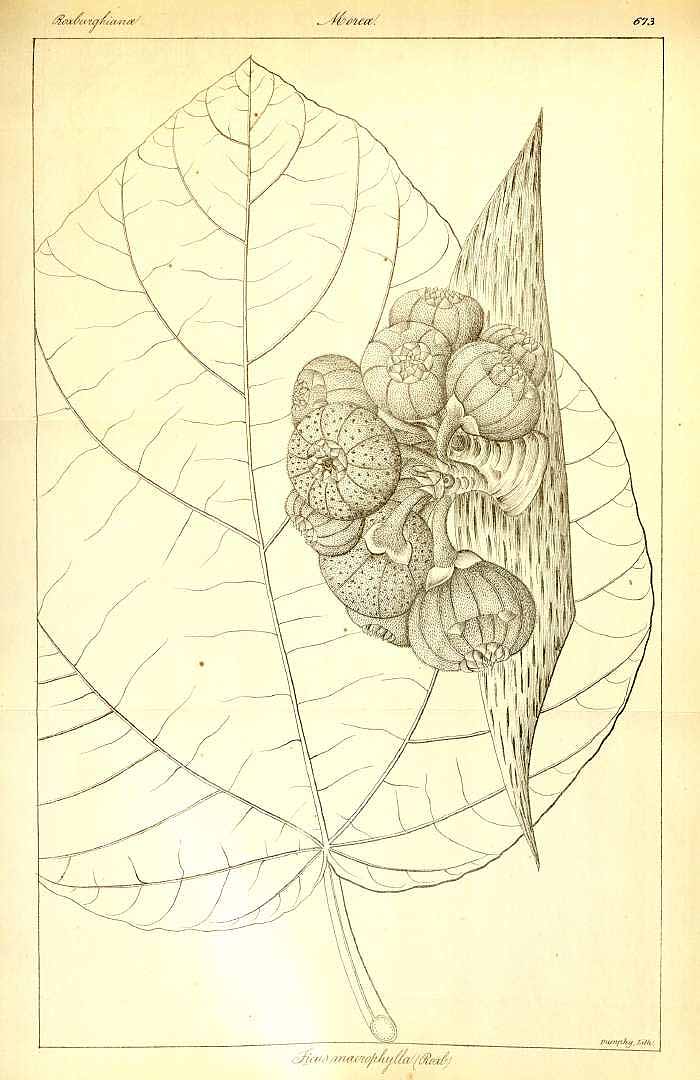! Nouveau site ici !
Vita > Plantae > Magnoliophyta > Magnoliopsida > Rosales >
Moraceae > Ficus
Ficus auriculata


 | ***
| ***
Vita > Plantae > Magnoliophyta > Magnoliopsida > Rosales >
Moraceae > Ficus
Ficus auriculata

zone 9
Une figue. C'est un petit arbre. Il atteint une hauteur de 5 à 10 m. Le tronc mesure 30 à 50 cm de diamètre mais souvent moins. La couronne est largement étendue. Le tronc n'est généralement pas droit. L'... (traduction automatique)
→suite
⬀
Le  donne accès au menu
donne accès au menu (c'est votre point de repère) 😊 ;
En dessous vous avez la classification, à partir de la vie (Vita, premier rang) jusqu'à la classe au dessus de la plante, dont vous trouvez ensuite le nom scientifique/botanique (latin) puis le nom commun (français), le cas échéant ;
C'est aussi un lien vers la fiche complète (tout comme la ✖, en bas à droite, et le +, en dessous de la description) ;
Vient alors l'illustration (ou ce qui la remplace, en attendant), la comestibilité :
Et en bas
⬂



